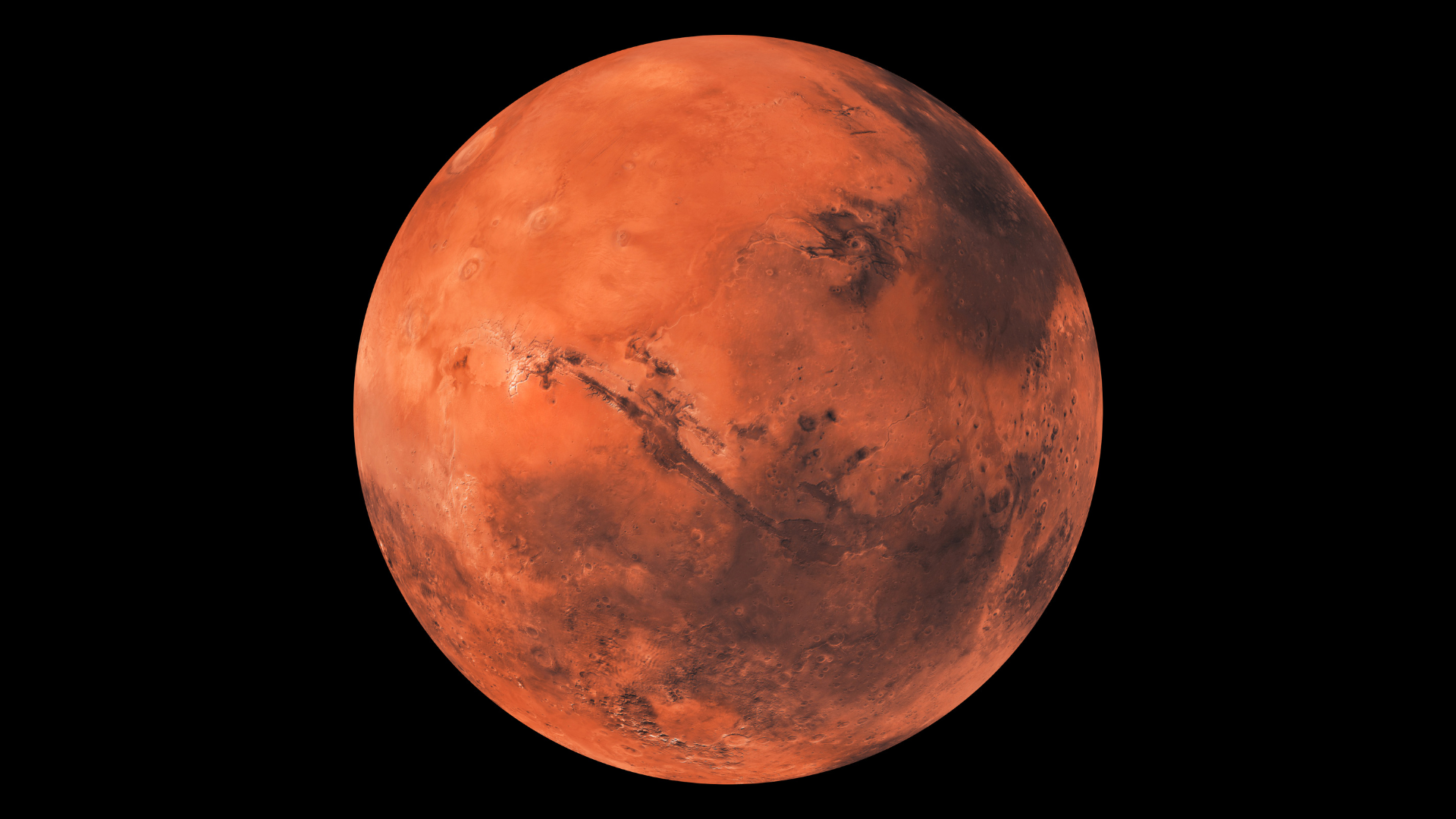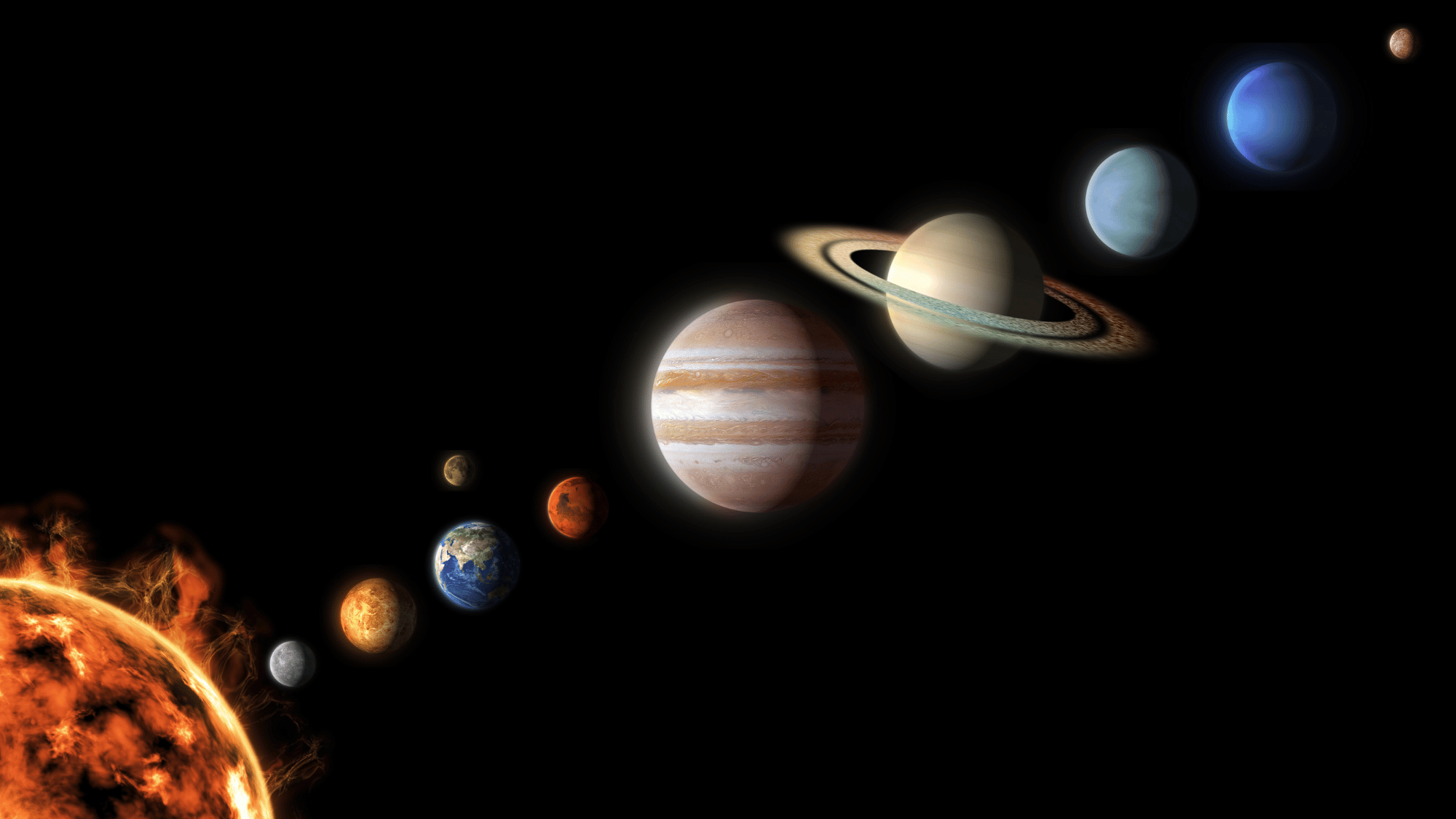Mars has always been one of the most talked-about planets in our solar system. It is often called the red planet because of its bright, rusty color in the sky.
People have looked at it for thousands of years and wondered what makes it so different.
Today, with better tools and space missions, there is even more interest in learning about it.
Mars is dry, cold, and far from Earth, yet it continues to spark curiosity. Many think of it as the next big step in space travel.
This blog brings together a list of simple facts about Mars. Each fact gives a closer look at what makes this planet stand out.
An Overview of the Red Planet
Mars is often referred to as the “Red Planet” due to its reddish-brown surface. It is the fourth planet from the Sun and one of Earth’s closest neighbors in space.
People have been watching Mars in the night sky for thousands of years, giving it names and stories in many cultures.
Today, scientists use powerful telescopes, orbiters, and rovers to learn more about it.
Mars is smaller than Earth, but it has mountains, valleys, and polar ice caps that make it look somewhat familiar.
Its thin atmosphere and cold weather, however, make it very different from our planet.
Even with these challenges, Mars continues to spark interest because it could one day help answer big questions about life and space.
Quick Facts About Mars

Mars is one of the most fascinating planets in our solar system. From giant volcanoes to tiny moons, there are many details that make this planet stand out.
Fact 1: Mars is the Fourth Planet from the Sun
Mars sits in the solar system between Earth and Jupiter. It is the fourth planet from the Sun. This location gives it a colder and drier setting than Earth. Because of this position, it takes longer for Mars to orbit the Sun.
Fact 2: A Year on Mars is Almost Two Earth Years
Mars takes about 687 Earth days to go around the Sun. That means one year on Mars is almost twice as long as a year on Earth. A person living there would celebrate birthdays far less often compared to Earth time.
Fact 3: Mars Has the Tallest Volcano in the Solar System
Olympus Mons is a giant volcano on Mars. It is about 13 miles high, which makes it the tallest volcano in the solar system. This volcano is nearly three times taller than Mount Everest on Earth.
Fact 4: The Red Color Comes from Rusty Dust
Mars looks red because its surface is covered with iron-rich dust. When the iron mixes with oxygen, it creates rust. This rust gives the planet its bright red color, making it stand out in the night sky.
Fact 5: The Mars Atmosphere is Very Thin
The Mars atmosphere is about 100 times thinner than Earth’s. It is made mostly of carbon dioxide, with small amounts of nitrogen and argon. Because of the thin air, humans cannot breathe on Mars without special equipment.
Fact 6: Temperatures are Extremely Cold
Mars is much colder than Earth. The average Mars temperature is about- 80 degrees Fahrenheit. In winter, it can get even colder, dropping far below minus 100. Near the equator, daytime can feel warmer, but nights are always freezing.
Fact 7: Gravity on Mars is Weaker than on Earth
Mars has less gravity than Earth. A person who weighs 100 pounds on Earth would weigh only about 38 pounds on Mars. This weak gravity also affects how things move and how high a person can jump.
Fact 8: Mars Has Two Small Moons
Mars has two moons, Phobos and Deimos. They are much smaller than Earth’s moon. Phobos is larger and closer to Mars, while Deimos is smaller and farther away. Scientists believe these moons may have once been asteroids captured by Mars.
Fact 9: Dust Storms Can Cover the Entire Planet
Mars is known for its huge dust storms. These storms can last for weeks and sometimes cover the whole planet. The thin Mars atmosphere lets dust move easily, creating powerful winds that shape the land.
Fact 10: Water Once Flowed on Mars
Long ago, Mars had rivers, lakes, and even oceans. Evidence shows that water once shaped its valleys and canyons. Today, most of the water is frozen at the poles or hidden under the surface as ice.
Fact 11: Signs of Ice Still Exist
Large ice caps are found at the north and south poles of Mars. These ice caps are composed of water ice and frozen carbon dioxide, also known as dry ice. Some areas under the ground may also hide salty liquid water.
Fact 12: Mars Has a Giant Canyon
Valles Marineris is a huge canyon system on Mars. It is over 2,500 miles long, which is about ten times longer than the Grand Canyon on Earth. The canyon is so wide and deep that it could fit Mount Everest inside.
Fact 13: Mars Has Seasons Like Earth
Mars tilts on its axis, just like Earth. This tilt gives it four seasons: spring, summer, fall, and winter. However, each season is about twice as long as Earth’s because a Mars year is longer.
Fact 14: The Mars Surface is Rocky and Dusty
The surface of Mars is full of craters, rocks, and fine red dust. It is dry and looks like a desert. There are mountains, valleys, and wide plains spread across the planet. The Mars surface shows signs of past volcanic activity.
Fact 15: Mars Missions Have Sent Rovers and Orbiters
Many Mars missions have been launched by NASA and other space agencies. Rovers like Curiosity, Perseverance, and Spirit have explored the ground. Orbiters have taken pictures from above, sending back important data about Mars’ atmosphere and surface.
Fact 16: Mars is About Half the Size of Earth
Mars is smaller than Earth. Its diameter is about 4,200 miles, while Earth’s is about 7,900 miles. Even though it is smaller, Mars has some of the largest landforms in the solar system.
Fact 17: The Air Pressure is Very Low
The air pressure on Mars is less than 1% of Earth’s. This makes it impossible for liquid water to stay on the surface for long. Instead, water either freezes or turns into vapor very quickly.
Fact 18: The Sky on Mars Looks Pinkish or Red
Because of all the dust in the air, the sky on Mars looks pink, red, or even orange during the day. During sunsets and sunrises, the sky can sometimes turn blue for a short time.
Fact 19: Mars Has Been Known Since Ancient Times
Mars is one of the five planets visible to the naked eye. Ancient people in many cultures studied it and gave it names based on its red color. For example, the Romans named it after their god of war.
Fact 20: Mars Has No Magnetic Field Today
Earth has a strong magnetic field that protects it from harmful radiation. Mars had a magnetic field long ago, but it has since disappeared. This may be one reason why Mars’ atmosphere is so thin today.
Fact 21:Mars Has Quakes Called “Marsquakes”
Mars has its own type of quakes, known as marsquakes. These shakes are weaker than earthquakes but show that the planet is still active inside. NASA’s InSight lander has measured many of them, helping scientists study Mars’ deep layers.
Fact 22: Mars Rotates at a Similar Speed to Earth
A day on Mars, called a sol, is about 24 hours and 37 minutes long. That is very close to Earth Day, which makes planning missions and studies a little easier.
To Conclude
Mars stands out as a planet that sparks imagination and raises big questions. It is a place that has shaped stories, science, and the future of space travel.
Each new mission shows how much people want to understand it, not only for knowledge but also for the hope of what may come next.
Mars reminds us that there is always more to learn beyond our world. It pushes us to think about what is possible and what lies ahead in space.
Stay tuned for more updates on Mars and keep exploring the wonders of space through simple facts and clear insights.


















